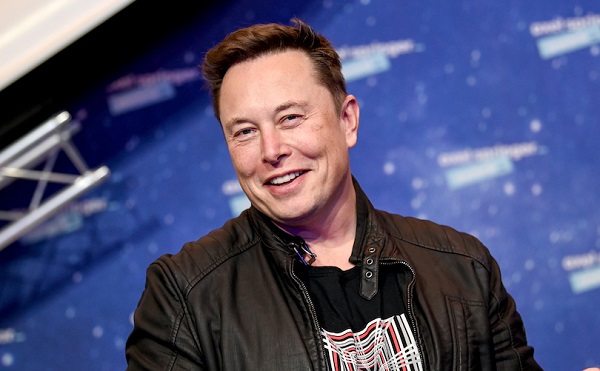Economy
Canada as an energy superpower would empower thousands of families for generations
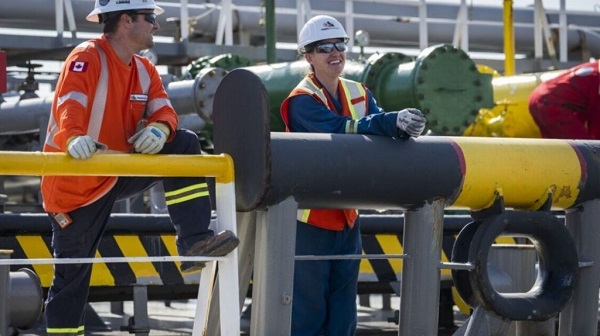
From Resource Works
By Geoff Russ
What does the future hold if Canada can become an energy superpower?
For the past 40 years, the fortunes of countless Canadian communities have risen and fallen with the strength of our energy sector. Oil booms in Alberta generated enormous prosperity and created hundreds of thousands of jobs, invigorating resource towns and rural Canada more generally. The existence of nuclear energy in Ontario requires thousands of workers, and its future expansion will generate thousands more. Energy is the economic lifeline for thousands of young and maturing families, but they are not invulnerable.
Global market swings have buffeted these jobs, as have changing provincial and federal policies, as well as international political shifts.
In the middle of the 1980s, oil prices collapsed and shocked Alberta and employment rose from four to 10 per cent as oil and gas jobs disappeared overnight. This was echoed in 2008 and 2014 when lurches in oil prices hit communities in places like Fort McMurray in Alberta, Fort St. John in northern British Columbia, and Estevan, Saskatchewan.
Every cycle of boom and bust was accompanied by hardship, but the people in these communities proved their resilience by rallying and holding onto their livelihoods.
Today, the Canadian energy sector still supports about 200,000 workers with direct employment and up to 400,000 more indirectly. However, as in years past, these workers and their families are subject to global tides, and none has been dictating those flows more than President Donald Trump and his wielding of tariffs to reshape the world economy.
The correct response is for Canada to diversify its trade and expand its energy infrastructure to grow the reach of Canadian energy, our most valuable and important export, and one of the most plentiful job creators in our arsenal. Fortunately, both of Canada’s two major parties, the Liberals and Conservatives, have reached a strong measure of agreement on this matter.
Our rookie prime minister, Mark Carney, has put forward a plan to transform Canada into an “Energy Superpower”. His plan is intended to ensure Canada’s economic security through new trade partnerships around the world and make all forms of Canadian energy competitive.
Some provinces are already charging ahead, with Ontario’s provincial government announcing plans to build Canada’s first small modular reactor (SMR) by 2030, which is projected to power over 300,000 homes and create up to 18,000 jobs. The existing Bruce Power facility in Kincardine already supports 4,200 jobs, and is a pillar of the province’s energy grid.
Crucial to Carney’s plan are faster, streamlined project reviews paired with true Indigenous partnerships, along with plans for a national energy corridor. This could have a transformative impact on the security and health of energy-centric communities. Moving beyond the debate about questioning the obvious need for new projects towards focusing on execution is a welcome breath of fresh air.
There are concerns in some communities about how shortcutting the consultation process and existing oversights may impact local communities, especially Indigenous groups. Resolving these in an equitable and permanent manner will be part of this positive transformation, setting new precedents for economic development in Canada that includes meaningful considerations and involvement for the growing Indigenous economies in BC and across the country.
When it comes to people, however, the mounting job losses over the uncertain economic climate make it imperative to protect jobs and clear the way for new ones. The impact of resource projects on communities like Hope have demonstrated how a reliable industry empowers families. Over 5,400 jobs are created for every $1 billion spent in the oil and gas sector.
The route of the Trans Mountain pipeline ran through Hope, and it revitalized the local economy with job creation and renewal. Pipeline workers not only brought money into Hope, but sprang into action to assist in local firefighting and flood repairs, revealing how the energy sector brings far more to communities than money.
Emulating this across the board is a complicated but essential task. The tightrope between environmental protections and resource development is a delicate one, but Canada has no choice but to walk it with purpose.
Prime Minister Carney’s pledge to make Canada an “Energy Superpower” will mean making choices about economic power, job creation, and locking Canada into its seat at the global energy table.
That means collaboration with people, respecting Indigenous rights, and anchoring policy in the experiences of workers and their families. Trump’s shakeup of the global economy is fraught with peril, but for Canada, it should bring opportunity for a fresh start.
Most importantly, however, it would ensure that hundreds of thousands more Canadians and their families, as well as their communities, can look forward to a bright future.
Economy
Reconciliation means clearing the way for Indigenous leadership
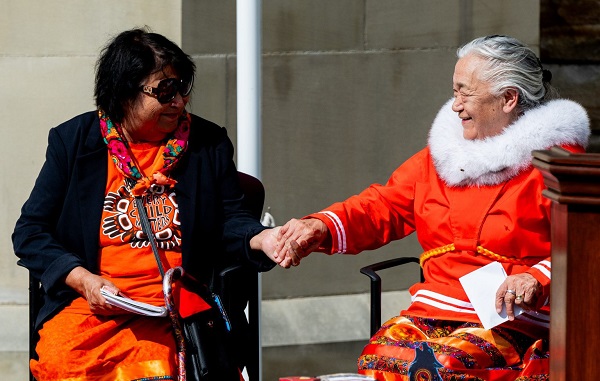
From the Resource Works team.
On Truth and Reconciliation Day, Canadians are asked to honour residential school survivors and to support the families and communities who must live with that history.
It also calls for action, not mere commemoration. The Truth and Reconciliation Commission called for structural change in Canada, and that means clearing the way for Indigenous leadership across this country.
Economic reconciliation is a practical journey that shifts decision-making and ownership towards First Nations and Indigenous people more generally.
Throughout B.C., First Nations are already practicing what that looks like. The Osoyoos Indian Band has built a diverse economy in tourism, wine, and recreation that has sustained steady jobs and revenue.
“I think all Native leadership need to get the economic development focus going on and make the economy the number one issue. It’s the economy that looks after everything,” Chief Clarence Louie has said. That sense of mission, along with assets like Nk’Mip Cellars and Spirit Ridge, has helped to turn Osoyoos into a B.C. success story.
On the coast, the Haisla Nation is leading in innovation in the LNG sector. In 2024, the Cedar LNG facility was granted a positive final investment decision, along with the Haisla’s majority ownership of the $4 billion project.
“Today is about changing the course of history for my Nation and Indigenous peoples,” said Haisla Chief Councillor Crystal Smith during the long approval process. By seeing the project through, Haisla ownership has created the means to fund language, health care, and opportunity for generations that had found all of that out of reach.
In the Lower Mainland, the Squamish Nation’s Sen̓áḵw development is one of the biggest projects in the Vancouver real estate market, and will become an asset for decades to come.
“This project is not just about buildings, it’s about bringing the Squamish People back to the land, making our presence felt once again in the heart of our ancestral territory, and creating long term wealth for the Squamish Nation,” said Council Chairperson Khelsilem.
The Squamish recently restructured the partnership so Squamish holds half of phases one and two and all of phases three and four, while welcoming OPTrust to a 50 percent stake in the early phases. Indigenous leadership is not just transforming the rural resource economy, but the urban one as well.
Chief Ian Campbell of the Squamish Nation, former chair of the Indigenous Partnerships Success Showcase event in Vancouver, has said that economic reconciliation is essential to the future of Canada.

“To move forward and reframe that complex dynamic, and put the lens on economic reconciliation, to me, is the path forward to create mutual benefits and values that benefit all Canadians, which includes Indigenous people,” said Campbell.
For governments and industry, there is a duty to align policy, permitting, and capital flows with Indigenous-led priorities. Beyond benefits agreements, reconciliation requires listening both early and attentively, and ensuring cooperation every step of the way.
The Bank of Canada itself has noted that “tremendous untapped potential exists”, but only when private firms and public agencies commit to economic reconciliation.
Listening also means resisting the temptation to cast Indigenous peoples as either monolithic supporters or opponents of development. Figures like Ellis Ross, former Chief Councillor of the Haisla, and his successor Crystal Smith have challenged these narratives, pointing instead to Haisla and neighbouring Nations’ experience with real jobs, careers, and community services tied to LNG and related infrastructure.
The Haisla message is straightforward: the path to revitalized language and culture runs through sustained opportunity and self-determination.
Truth and Reconciliation Day is a reminder that the past matters, and this is evident in the inequities of the present and in the possibilities now being realized by Nations that are reclaiming jurisdiction and building enterprises on their own terms.
Our task is to ensure public policy and corporate practice do not get in the way. On September 30, we remember, and then on October 1 and every day after, we have work to do.
Alberta
Taxpayers: Alberta must scrap its industrial carbon tax

-
Carney praises carbon taxes on world stage
-
Alberta must block Carney’s industrial carbon tax
The Canadian Taxpayers Federation is calling on the government of Alberta to completely scrap its provincial industrial carbon tax.
“It’s baffling that Alberta is still clinging to its industrial carbon tax even though Saskatchewan has declared itself to be a carbon tax-free zone,” said Kris Sims, CTF Alberta Director. “Prime Minister Mark Carney is cooking up his new industrial carbon tax in Ottawa and Alberta needs to fight that head on.
“Alberta having its own industrial carbon tax invites Carney to barge through our door with his punishing industrial carbon tax.”
On Sept. 16, the Alberta government announced some changes to Alberta’s industrial carbon tax, but the tax remains in effect.
On Friday night at the Global Progress Action Summitt held in London, England, Carney praised carbon taxes while speaking onstage with British Prime Minister Keir Starmer.
“The direct carbon tax which had become a divisive issue, it was a textbook good policy, but a divisive issue,” Carney said.
During the federal election, Carney promised to remove the more visible consumer carbon tax and change it into a bigger hidden industrial carbon tax. He also announced plans to create “border adjustment mechanisms” on imports from countries that do not have national carbon taxes, also known as carbon tax tariffs.
“Carney’s ‘textbook good policy’ comments about carbon taxes shows his government is still cooking up a new industrial carbon tax and it’s also planning on imposing carbon tax tariffs,” Sims said. “Alberta should stand with Saskatchewan and obliterate all carbon taxes in our province, otherwise we are opening the door for Ottawa to keep kicking us.”
-

 Red Deer23 hours ago
Red Deer23 hours agoThe City of Red Deer’s Financial Troubles: Here Are The Candidates I Am Voting For And Why.
-

 COVID-192 days ago
COVID-192 days agoConservative MP slams Freedom Convoy leaders’ sentencing as ‘political persecution’
-
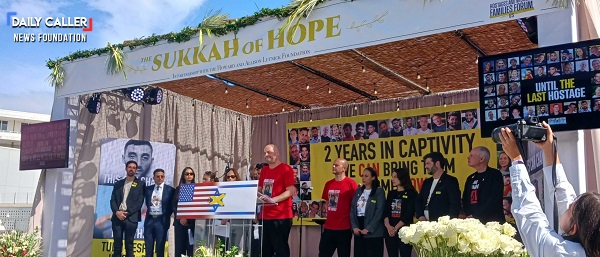
 Daily Caller2 days ago
Daily Caller2 days ago‘We’re Really, Really Close’: Freed Gaza Hostages, Relatives Have High Hopes For Trump’s Peace Plan
-
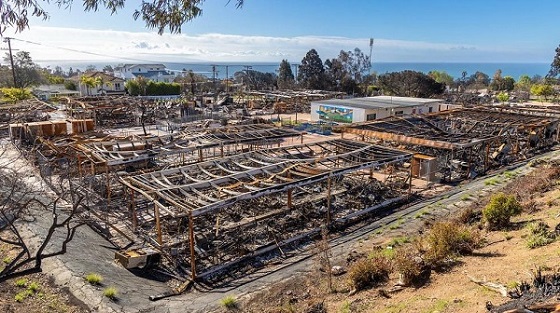
 Daily Caller2 days ago
Daily Caller2 days agoMan charged with starting Palisades Fire in L.A.
-
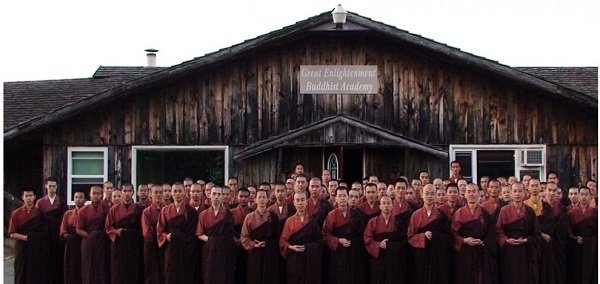
 Business22 hours ago
Business22 hours agoCall for Federal Inquiry as Pressure Mounts for Release of Buried Report on Buddhist Land Transactions in PEI
-
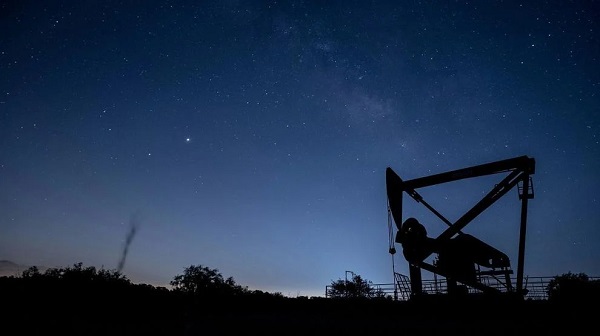
 Energy2 days ago
Energy2 days agoUS oil production reached record-high 13.6 million barrels a day in July
-
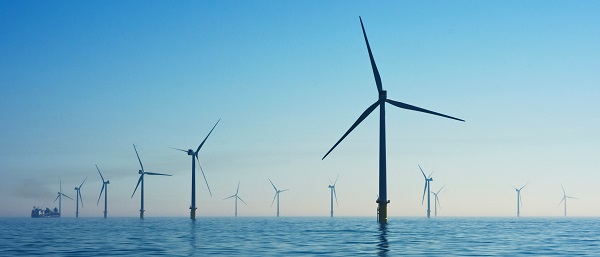
 Daily Caller1 day ago
Daily Caller1 day agoNow Is A Great Time To Be Out Of America’s Offshore Wind Business
-

 COVID-191 day ago
COVID-191 day agoCanadian commentators call Freedom Convoy leaders’ sentences ‘onerous,’ ‘too stiff’





